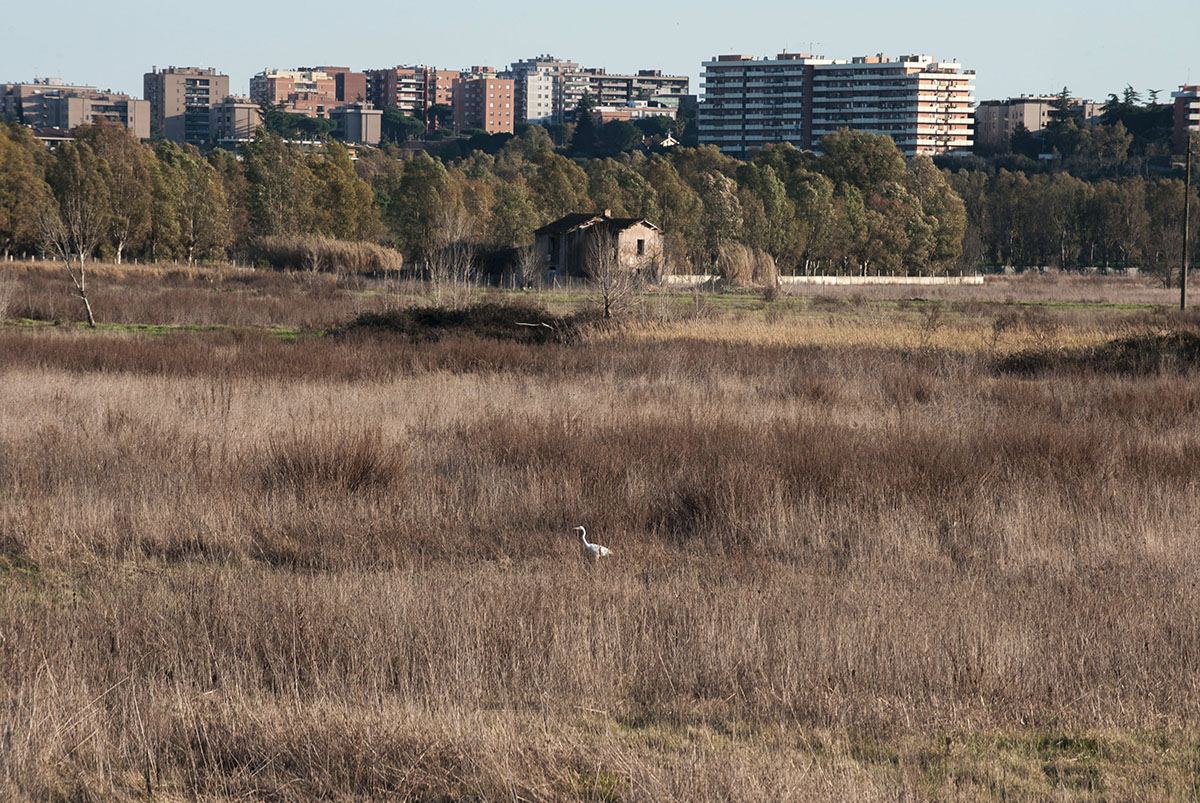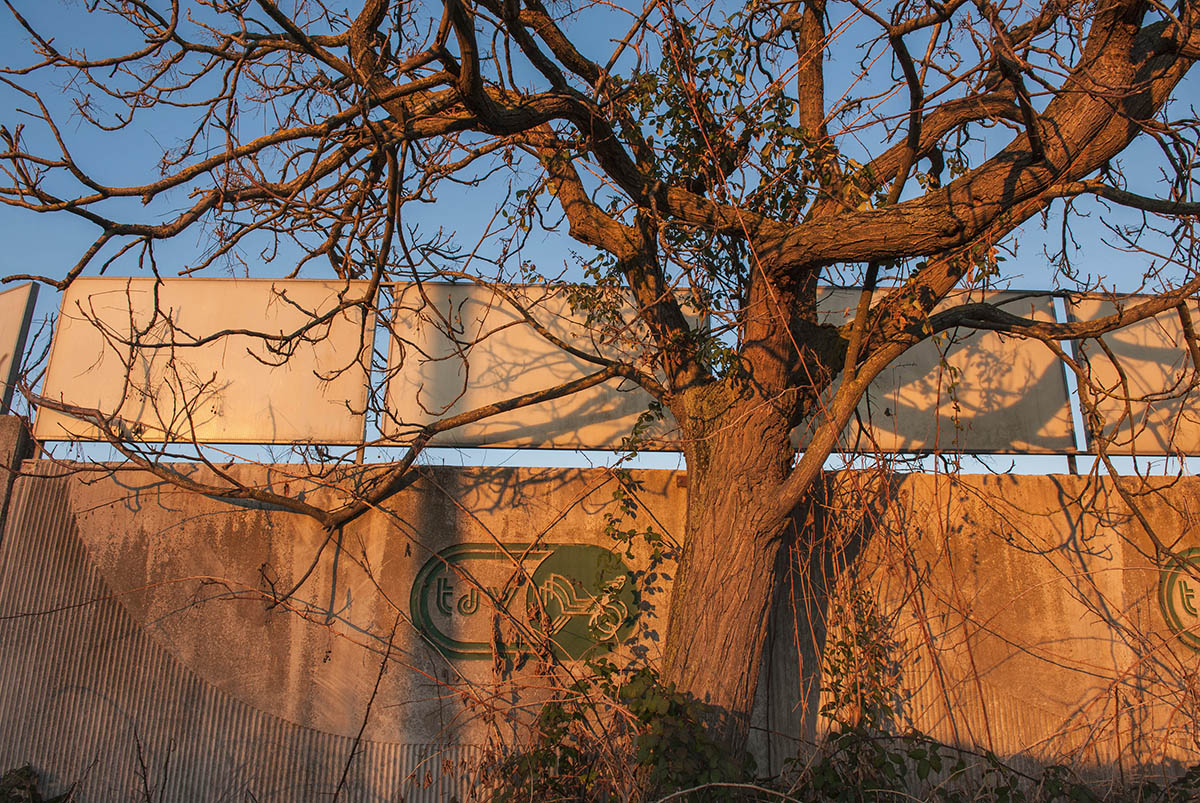Luca Parnasi, immobiliarista, in accordo con il dirigente sportivo, James Pallotta, co-proprietario dell’AS-Roma, speravano di stabilire dove costruire un’opera di interesse pubblico come uno stadio. Non il Comune, Piano Regolatore alla mano, come in tutti i paesi civili. Come se non bastasse, il Comune regala cubatura a un privato, in cambio di infrastrutture. E accade anche che per far spazio al nuovo stadio della Roma, con capienza di 52.500 posti, discutibile progetto dell’architetto statunitense Dan Meis, che si dovrebbe realizzare a Tor di Valle, un’area di 125 ettari a sud-ovest di Roma (area che Parnasi ha rilevato alla fine del 2012) si debba demolire un’opera straordinaria, sottoposta a vincolo comunale e inserita nella Carta delle Qualità del nuovo piano regolatore di Roma nel 2008, come l’ippodromo di Tor di Valle, progettato nel 1957 da Julio Lafuente con l’ing. Gaetano Rebecchini. Un progetto discutibile dagli esiti incerti.
Luca Parnasi, property developer, in agreement with the sports manager, James Pallotta, co-owner of AS-Roma, hoping to determine where to build a work of public interest as a stadium. Not the City, Town Plan in hand, as in all civilized countries. What’s more, the Municipality gives size rooms for free to a private, in exchange for infrastructure. It also happens that – to make way for the new stadium of Rome, with a capacity of 52,500 seats, controversial US by architect Dan Meis, you should realize at Tor di Valle, an area of 125 hectares in the south-west of Rome (area that Parnasi found at the end of 2012) – should demolish an extraordinary work, subject to municipal bond and inserted in the Charter of the quality of the new plan of Rome in 2008 as the racecourse Tor di Valle, designed in 1957 by Julio Lafuente with ing. Gaetano Rebecchini. A controversial project with an uncertain outcome.


